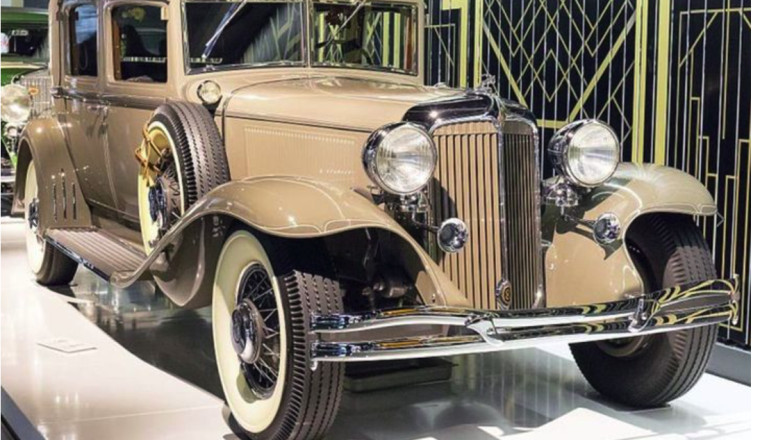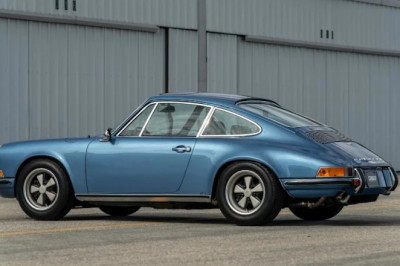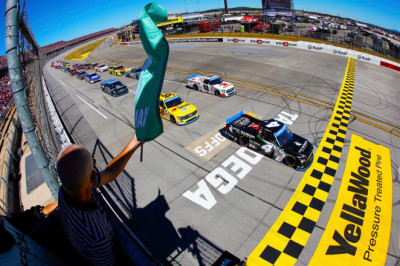
It featured a highly refined and well-engineered chassis and drivetrain paired with a robust flathead straight-eight engine producing 125 horsepower (135 hp optional), which endowed the car with a modern driving feel capable of comfortably reaching speeds near 100 mph—extraordinary for its time.
The CG Imperial rode on an impressively long 145-inch wheelbase chassis, longer than many contemporaries, perfectly balancing size with elegant proportions. Designer Alan Leamy, hired from the famed Cord L-29 styling team, collaborated with LeBaron to create bodywork famed for flowing, graceful lines, sweeping open fenders, and a low, deep V-shaped radiator grille that visually suggested speed and power even when standing still. Among its various coachworks, the close-coupled sedan—Chrysler’s equivalent of a sport or club sedan—was especially revered. By moving the doors closer together and eliminating rear quarter windows, this body style offered intimate comfort and refined elegance for four passengers, a design striking then and captivating now. It remains highly prized by classic car collectors and participants in events like CCCA CARavans.
The Imperial name under Chrysler was synonymous with luxury and prestige until 1954, after which it became its own distinct brand, favored by government officials, royalty, and celebrities alike due to its limousine-like seating and accommodations. The model was offered in several body styles—from two- or four-passenger roadsters and coupes to seven-passenger sedans and limousines—catering to an elite clientele seeking both performance and opulence.
Earlier Imperials featured six-cylinder engines and held a historic moment as the 1926 Indianapolis 500 pace car, but the 1931 CG series marked a true leap forward. Walter Chrysler drove technical innovation with features such as the "Floating Power" rubber engine mounts that isolated engine vibrations from the cabin, advanced suspension geometry equipped with hydraulic dampers, four-wheel hydraulic brakes, and a four-speed manual transmission. The powerful yet smooth powertrain paired with a sophisticated chassis made the CG Imperial not only a beacon of style but also a remarkably capable machine. It underwent rigorous endurance testing, including a legendary demonstration where a five-ton elephant stood on the frame without damage, proving its exceptional strength and durability.
Production totaled just over 3,200 units between 1931 and 1932, a limited run that helped preserve the CG Imperial’s exclusivity. Its advanced engineering combined with bespoke coachwork from firms like Briggs, Waterhouse, and LeBaron ensured each car was a technological marvel and a work of art. Thus, the 1931 CG Imperial remains one of the most celebrated and beautiful luxury vehicles of the classic era.
In sum, Chrysler's 1931 CG Imperial was a brilliant synthesis of engineering excellence, design flair, and luxurious comfort that redefined American luxury cars in the early 1930s. It continues to be a beloved icon among collectors and enthusiasts.














